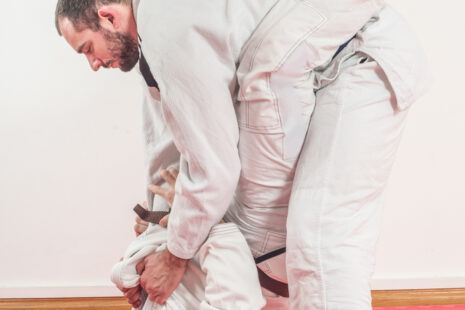A boxer’s fracture is a common injury that involves a fracture of one of the metacarpal bones in the hand, typically the fifth metacarpal, which connects the pinky finger to the wrist.
Here are several complications and ongoing problems that can happen if a boxer’s fracture is left untreated…
- Persistent pain – The fractured bone may continue to cause pain and discomfort, especially during hand movements or when pressure is applied to the affected area.
- Hand deformity – Without proper alignment and healing, the fractured metacarpal bone may heal in a malaligned position, leading to hand deformity. This can result in an abnormal hand appearance and functional limitations.
- Reduced hand function – A boxer’s fracture can interfere with the normal functioning of the hand, affecting grip strength, dexterity, and the ability to perform everyday tasks.
- Joint stiffness – If the hand is not mobilized and rehabilitated correctly, stiffness can develop in the affected joints, further limiting hand movement.
- Nerve and blood vessel damage – In severe cases, a boxer’s fracture can cause injury to nearby nerves and blood vessels, leading to sensory deficits, reduced circulation, and potential complications like complex regional pain syndrome.
- Increased risk of re-injury – An untreated or improperly treated boxer’s fracture can weaken the hand, making it more susceptible to re-injury with even minor trauma.
- Chronic pain and arthritis – Improperly healed fractures can lead to chronic pain and, in some cases, arthritis in the affected joint over time.
Prompt medical attention and appropriate treatment for a boxer’s fracture to avoid these potential complications. Treatment options may include:
- Immobilization – The hand may be placed in a cast or splint to align the bones properly during the healing process.
- Closed reduction – Sometimes, a doctor may attempt to realign the fractured bone without surgery manually.
- Surgical intervention – If the fracture is severe or cannot be adequately realigned through closed reduction, surgery may be necessary to fixate the bones with pins, screws, or plates to ensure proper healing.
- Rehabilitation – After immobilization or surgery, physical therapy is often recommended to regain strength, flexibility, and function in the hand.
Seeking timely medical care and following the recommended treatment plan can significantly improve the outcomes and reduce the risk of long-term complications associated with a boxer’s fracture.




